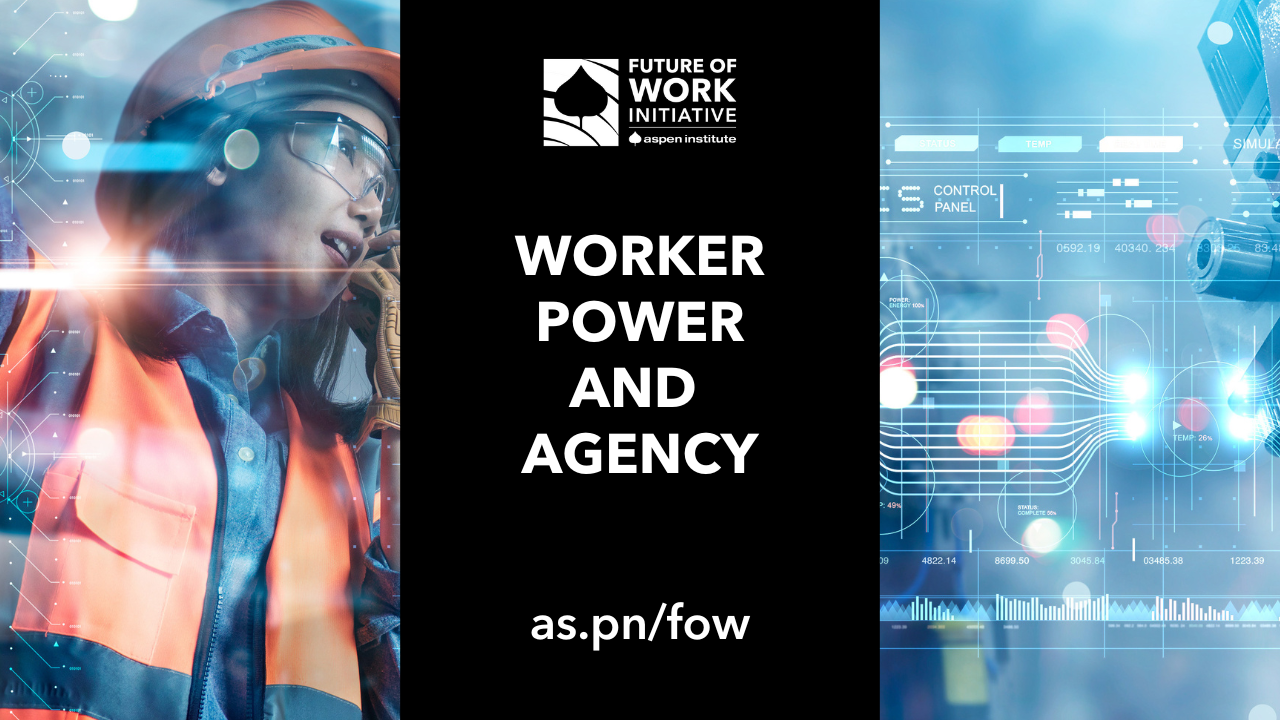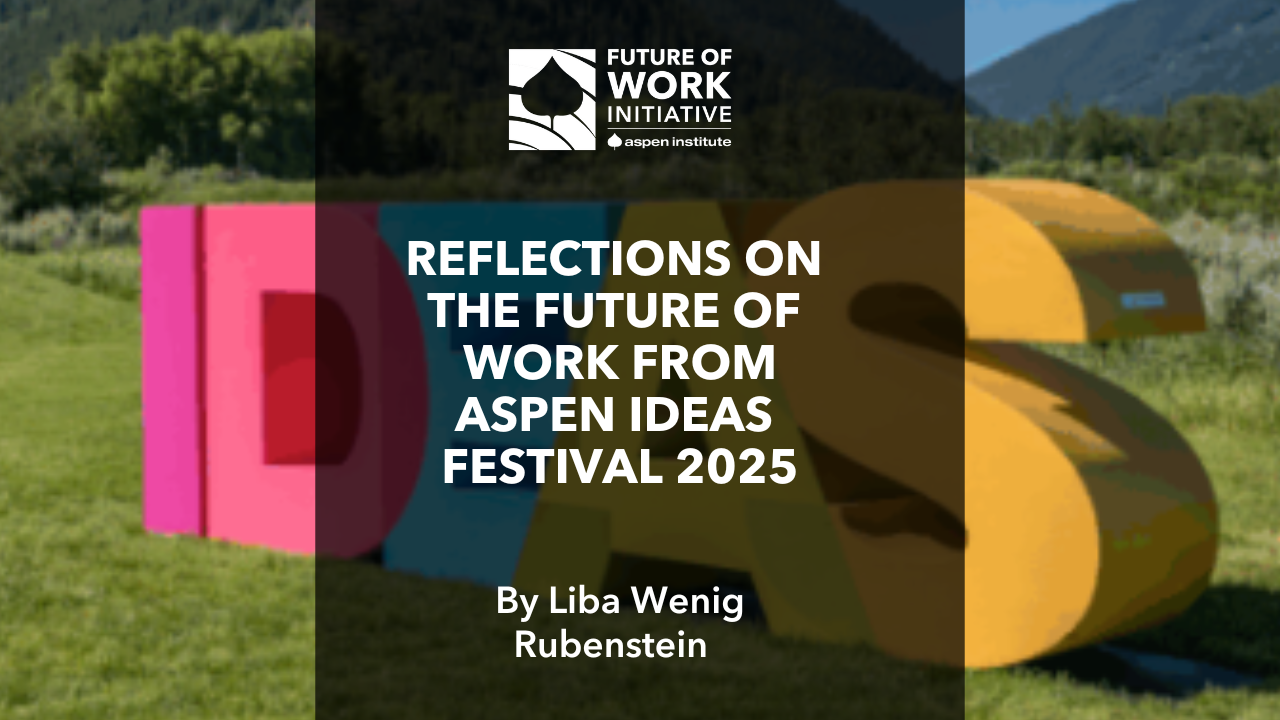Worker Power & Agency

Liba Wenig Rubenstein
Director
When it comes to the economic trajectory of generative and agentic artificial intelligence, predictions abound — about which jobs will be most affected and how, what business model will ultimately justify the unprecedented level of up-front investment and ongoing cost, if and when the bubble may burst, etc.
But, as the latest contributions to our “Back to the Future of Work” series explain, the rise of AI is already warping power dynamics in the workplace and across the economy. April Verrett, president of Service Employees International Union (SEIU), writes that technology already “co-opts worker agency and autonomy, intensifies work, and minimizes recourse” in the workplace. Elizabeth Wilkins, president of the Roosevelt Institute, is especially concerned with the “unprecedented concentration of technological, economic, and political power” that is rapidly accruing to the largest AI labs. (It is no coincidence, she writes, that these are largely “the same big tech companies we allowed to concentrate over the 2010s…[since] anyone who hasn’t been a winner in the data surveillance economy up to now has a hard time generating the data feedback loops necessary to compete on AI quality.”)
Thankfully, these visionary leaders — both of whom happen to be the first Black women to helm their respective organizations — don’t just diagnose the problems. They propose a solution: worker power. Verrett and Wilkins lay out different but overlapping plans for how to build on existing models rooted in worker organizing to encode and enforce protections, standards, and countervailing power — like sectorwide bargaining, board-level representation, partnerships with employers to provide meaningful training opportunities, and more. So, no matter how the technology evolves, workers will have a seat at the table in its development and deployment.
Their pieces echo points made by earlier contributors:
Roy Bahat argued that innovative partnerships between employers and workers can create new opportunities for both business and labor. “There’s still so much more we can discover,” Bahat said, “if you understand deeply what workers want and work with it, as opposed to treating them as the enemy.”
Michelle Miller celebrated the labor movement’s leadership role in setting standards of policy and practice on AI to date, but warned that for working people to effectively shape a future in which AI-enabled prosperity is shared, they will need to build power beyond collective bargaining and technology-specific policy. She laid out questions that help us “move beyond 500 years of reacting to the terms of specific technologies and instead asserting an agenda driven by the imagination of working-class people.”
These contributors transcend hot takes about the specific, near-term impacts of AI. Instead, they urge us to focus on shaping the structures that organize power and agency in the economy, while the AI market is still in its infancy and a meaningful window of opportunity remains open.
About the Future of Work Initiative
The Aspen Institute’s Future of Work Initiative, part of the Economic Opportunities Program, empowers and equips leaders to innovate workplace structures, policies, and practices that renew rather than erode America’s social contract.
Join Our Mailing List
To receive occasional emails about our work — including new publications, commentary, events, fellowships, and more — join our mailing list.
Connect on Social Media
For news and updates every day, connect with us on the social media platform of your choice.








